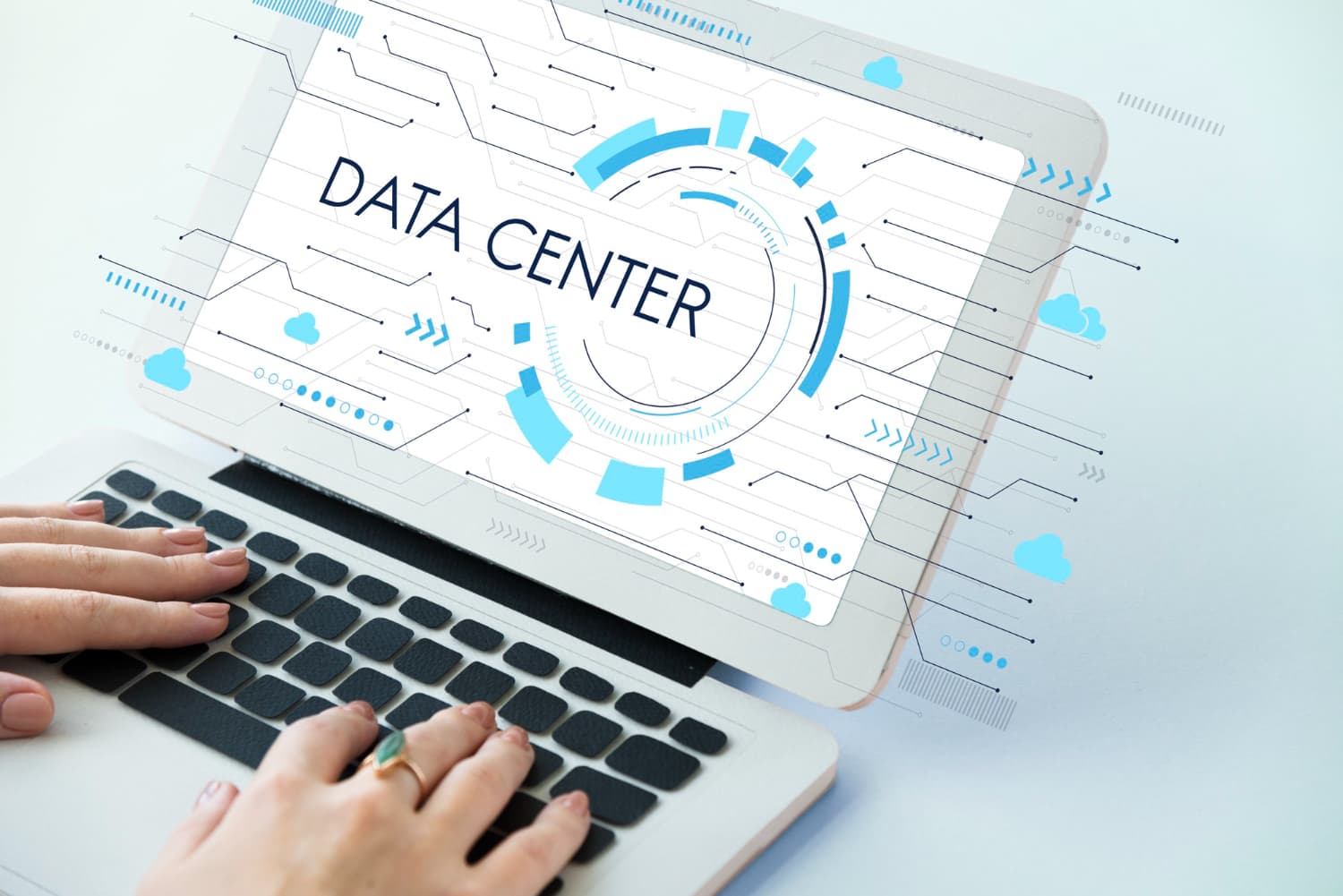Data Integration Tools & Techniques: The What, Why, & How

- April 25, 2024
- Mohammed Nadeem Uddin
- 0
Published On April 25, 2024
Data integration involves amalgamating data from diverse sources into a unified view. This includes structured data (like databases), semi-structured data (like XML files), and unstructured data (like text documents). Data integration helps present users with a comprehensive and consistent view of the data, irrespective of its source.
More than a technical process, Data integration is a strategic necessity for organizations that rely on data from multiple sources to make informed decisions. It improves data accuracy, reduces redundancy, and provides a more complete picture of the business, enhancing decision-making, efficiency, and customer experience.
What are Data Integration Tools?
Data integration tools gather data from various sources into a unified and coherent view. These tools provide functionalities for extracting, transforming, and loading data and managing and monitoring data pipelines. Some common types of data integration tools include:
ETL Tools
These tools extract data from different sources, transform it into a required format, and load it into a target system, such as a data lake or a data warehouse. ETL tools often offer visual interfaces for designing and orchestrating data workflows, along with features for data cleansing, enrichment, and validation.
Data Replication Tools
Data replication tools replicate data in real-time or near-real-time from one source to another, ensuring that data remains synchronized across different systems. These tools are helpful for continuous data integration scenarios, such as database replication or synchronization between on-premises and cloud environments.
Data Virtualization Tools
Data virtualization tools create a virtual layer that allows users to access business data from multiple sources, such as if it were stored in a single location, without physically moving or replicating the data. These tools help integrate disparate data sources in real-time, providing a unified view of the data without requiring extensive data movement.
API Integration Platforms
Some data integration platforms enable organizations to integrate data from external sources or applications by connecting to their APIs. These platforms provide tools for building, managing, and monitoring API connections, allowing seamless integration with third-party services, cloud applications, and IoT devices.
Key Benefits of Data Integration
Comprehensive Insights
Integrating data from various sources gives organizations a comprehensive and detailed view of their operations, customers, and market trends. This holistic perspective enables better decision-making and strategic planning and provides a sense of depth and breadth of insights, enlightening and informing the audience.
Improved Data Quality
Organizations can identify and rectify inconsistencies, errors, and duplications by consolidating data from multiple sources. This process enhances data quality, ensuring decisions are based on accurate and reliable information.
Enhanced Efficiency
Data integration streamlines workflows without requiring manual data collection and reconciliation from many sources. This efficiency improvement brings a sense of relief and freedom, allowing employees to focus on more value-added tasks.
Better Customer Experience
Integrated data enables organizations to understand their customers better by consolidating information from various touchpoints, such as sales, marketing, and customer service interactions. This holistic view enables personalized and targeted engagement, leading to a superior customer experience.
Data-Driven Decision Making
With integrated data, organizations can leverage analytics tools to drive actionable insights. These insights empower decision-makers, instilling a sense of control and confidence, enabling them to identify trends, anticipate challenges, and capitalize on opportunities effectively.
Regulatory Compliance
Many industries have stringent regulatory requirements regarding data management and reporting. Data integration ensures that organizations can accurately consolidate and report data, facilitating compliance with GDPR, HIPAA, and SOX regulations.
Support for Business Initiatives
Data integration supports various business initiatives, such as mergers and acquisitions, new market expansion, and digital transformation. It provides the foundation for organizations to scale and successfully evolve their operations.
Why You Need Data Integration Solutions
Here are some of the top benefits of using data integration solutions:
Improve Efficiency
Data integration solutions streamline the process of consolidating and managing data while minimizing the risk of errors resulting from manual data handling.
Enhance Data Quality
These tools often include data cleansing, validation, and enrichment features, helping organizations maintain high-quality standards across integrated datasets.
Enable Real-Time Insights
Some data integration solutions support real-time or near-real-time data integration, enabling organizations to access and analyze data as it becomes available, enabling timely insights and actions.
Support Business Agility
Data integration solutions enhance data quality and efficiency by providing flexible and scalable capabilities. They also enable real-time insights and support business agility. These tools empower organizations to adapt quickly to changing business requirements, technology landscapes, and data sources.
Best Practices for Data Integration
Implementing data integration solutions effectively requires a well-planned data integration strategy and best practices. Here are some key recommendations:
Define Clear Objectives
Clearly define the objectives of the data integration initiative. Understand what problems you’re trying to solve, what insights you’re seeking, and how integrated data will support your business objectives.
Assess Data Sources and Quality
Conduct a detailed assessment of your data sources to understand their structure, format, and quality. Identify any inconsistencies, duplicates, or missing data affecting the integration.
Choose the Right Integration Approach
Based on your requirements, select the best integration approach, such as ETL (Extract, Transform, Load), ELT (Extract, Load, Transform), data virtualization, or API-based integration. Consider factors like data volume, latency requirements, and budget constraints.
Data Governance and Security
Implement robust data governance policies to ensure data integrity, privacy, and security throughout the integration process. Define access controls, encryption standards, and compliance measures to protect sensitive information.
Standardize Data Formats and Definitions
Establish standard data formats, definitions, and naming conventions to promote consistency and interoperability across different systems and sources. This standardization simplifies the integration process and enhances data quality.
Automate Where Possible
Leverage automation tools and workflows to streamline the data integration and minimize manual intervention. Automate repetitive tasks like data extraction, transformation, and loading to improve efficiency and reduce errors.
Monitor and Maintain Data Pipelines
Implement monitoring and alerting mechanisms to track data pipeline performance, availability, and quality. Regularly monitor data flows, identify anomalies or bottlenecks, and proactively address issues to ensure uninterrupted operations.
Scalability and Flexibility
Design data integration solutions with scalability and flexibility to accommodate future growth and new business requirements. Choose scalable architectures and technologies that adapt to evolving data volumes, sources, and formats.
Test Thoroughly
Conduct comprehensive testing of data integration workflows to validate data accuracy, consistency, and integrity. Perform unit, integration, and end-to-end tests to identify and address issues before deploying solutions into production.
Provide Training and Documentation
Ensure that relevant stakeholders, including data engineers, analysts, and business users, receive adequate training and documentation on using data integration tools and processes effectively. Foster a culture of data literacy and collaboration within the organization.

Services
Products
Company
Copyright © 2024 Rite Software Solutions & Services LLP. All rights reserved.



